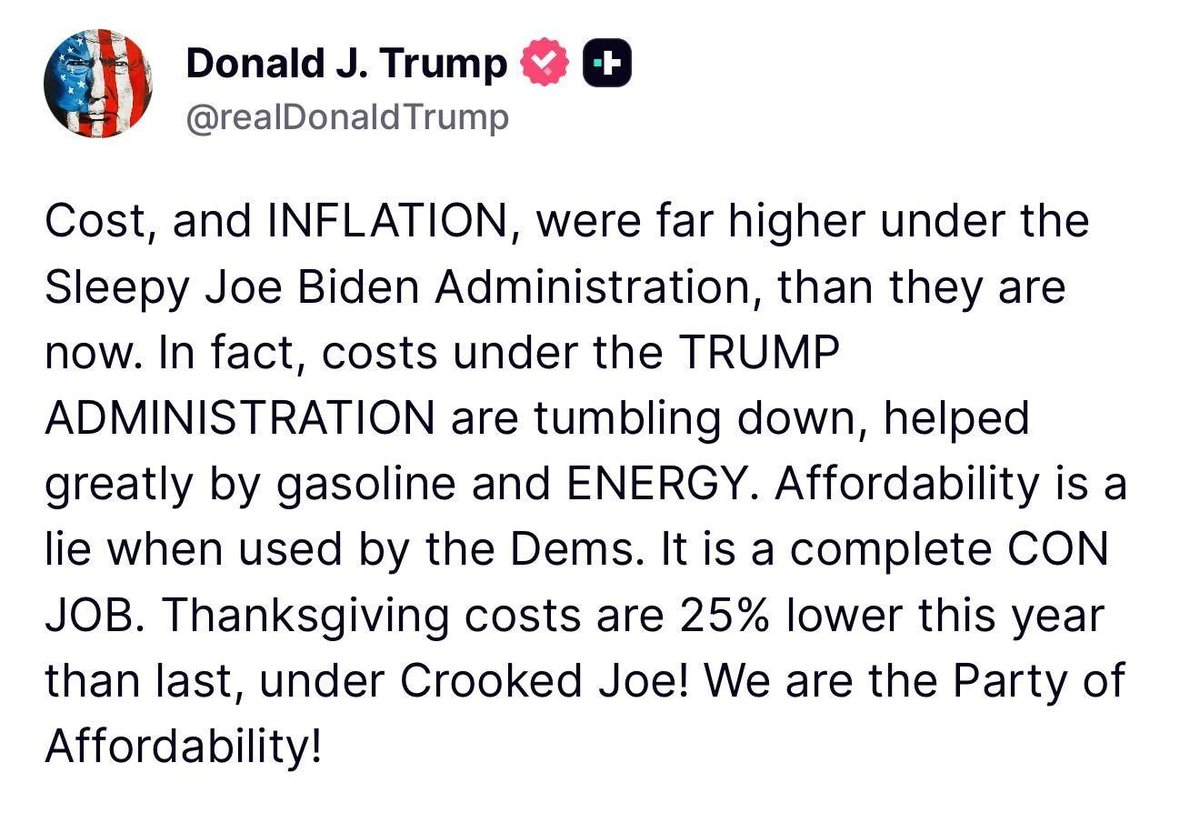FAA Lifts Flight-Reduction Rules at 40 Major Airports Ahead of Thanksgiving
The Federal Aviation Administration (FAA) has announced the termination of flight-reduction rules at 40 of the nation’s busiest airports, a significant development for travelers as the Thanksgiving holiday approaches. The emergency order, which has been in place to manage air traffic during peak times, will officially end on Monday, November 17, at 6 a.m., allowing airlines to resume full operations.
According to Department of Transportation Secretary Sean Duffy, the decision to lift these restrictions comes as a result of improved staffing levels within the FAA, which now enable the agency to provide full service across the National Airspace System. Duffy emphasized that the focus will now shift toward enhancing the air traffic control system to meet the demands of modern air travel.
This move is expected to alleviate congestion and delays that often accompany the busy travel season, particularly during the Thanksgiving holiday when millions of Americans take to the skies to visit family and friends. The FAA's action is seen as a step toward restoring efficiency and reliability in air travel, which has been a priority for the agency in recent months.
As the holiday season approaches, travelers can anticipate a more streamlined experience at airports, with the reinstatement of normal flight schedules. The FAA's proactive measures are aimed at ensuring that air travel remains safe and efficient, even during peak travel times.
With the lifting of these restrictions, airlines are expected to increase their flight offerings, providing more options for passengers and potentially reducing ticket prices as competition increases. The aviation industry, which has faced numerous challenges in recent years, is hopeful that this change will contribute to a smoother travel experience for all.
As Thanksgiving approaches, the FAA's decision marks a positive shift for travelers, promising a more robust air travel system that can accommodate the surge in demand during one of the busiest travel periods of the year.




